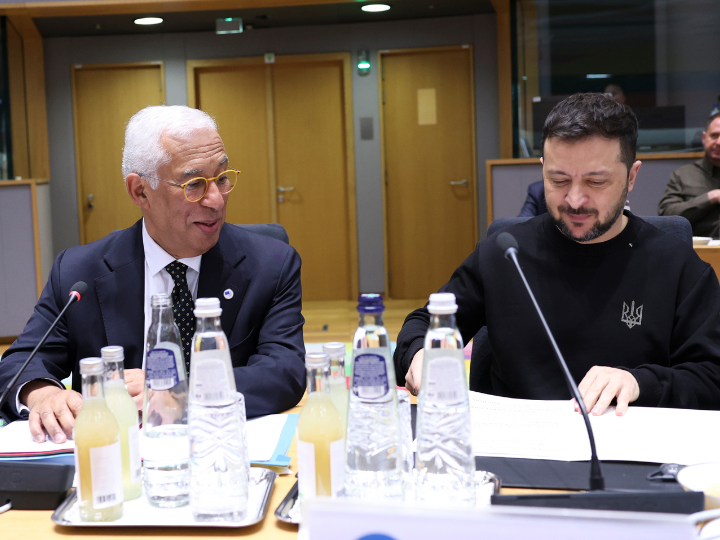One of the most unique aspects of blockchain is its high number of evangelists – people who believe blockchain can solve everything from global financial inequality, to the provision of ID for refugees, to enabling people to sell their houses without an estate agent

The hope is to bust the blockchain hype and encourage a practice approach by shifting focus to the business problem and away from a particular technological solution.
by
Cathy Mulligan*,
JP Rangaswami**,
Sheila Warren***,
Jennifer Zhu Scott****
The enthusiasm to (over) promote the technology is also damaging its long-term prospects.
This level of evangelism is both unwarranted and damaging to the overall development work required to reap the benefits of distributed ledger technologies (DLT), of which blockchain is the best-known example. Truly innovative deployments of blockchain require a match between blockchain’s specific benefits and use cases that enable realization of these benefits, followed by dedicated hard work to get it right and embed in organizations and industries. It is not meant to be a workaround.
Based on our analysis of how blockchain is used in a variety of projects around the world and following interviews with selected chief executive officers, we found there are 11 questions, at most, that businesses need to answer to see if blockchain is a solution to some of their problems.
Example 1: Special effects companies - big files, bigger costs
Let’s look at the example of a special effects company and their software that is used by millions of game developers and industrial designers.
One of the main challenges these kinds of companies face is providing large-scale graphics processing units to render customer projects – these games require a lot of processing capacity and this can be an expensive process.
Blockchain technology could enable this company to tap into undiscovered possibilities to solve its business problem: completing more projects for less money.
The special effects company needs to access as much processing power as possible from a variety of processing units for the cheapest amount of money possible. Since most devices have consumer-grade processors already installed, everyone with a device could contribute their processing power for a fee. In short, when you don’t need the processing power, you can sell this down time to this special effects company that needs some extra processing power for their new game, and get paid for it (or receive a token on the blockchain).
The below flowchart has 11 questions that can help decide whether or not this special effects company needs to use blockchain:

Start with A - Are you trying to remove intermediaries or brokers?
The company doesn’t need a middle man to help them get this extra processing power (this is the move from A to B on the toolkit graph). Their assets are digital and there are no other companies managing the assets (move from B to C to D).
Since the transactions can take place overnight, they can move from D to E. Once a job is complete, the software company doesn’t have to store that data, so that gets them to F. Everyone can participate. Move from F to G.
The company has to prove that they paid you for this time, but they don’t have to know specifically who wrote the contract, so they can move from G to H to I.
For the last steps, network needs to be able to control the functionality (for upgrades for example) and be public. This analysis shows that the application should select a public, permission-free ledger. This solution applies blockchain to allow distributed graphic processing units to be shared across the globe, reducing costs, and reducing waste from underutilized units.
Example 2: Preventing multiple medical insurance claims
If we take a different case study and examine the role blockchain plays within the medical insurance industry, we would see a different result. This industry wants to prevent multiple claims across different suppliers. They want to remove intermediaries that usually manage part of the relationship for insurers (move from A to B). The data is digital and the insurers want to have control over the patient data and store the transactions, not the private data within the claims (move straight from B to E).
However, the solution encounters challenges when considered from the perspective of needing trusted sources and compliance. The medical industry is heavily regulated and requires insurance providers to provide detailed oversight of their activities, in particular with respect to the management of end-user data. The solution, therefore, fails at this point. DLT is not the best choice for the concept outlined.
The framework has been reviewed and further developed by members of the 2017 World Economic Forum’s Global Future Council on Blockchain and has been trialled through a variety of means, including with global chief executive officers (CEOs) at the World Economic Forum Annual Meeting 2018 in Davos, Switzerland.
The hope is to bust the blockchain hype and encourage a practice approach by shifting focus to the business problem and away from a particular technological solution.
*Co-Director, Imperial College Centre for Cryptocurrency Research
**Chief Data Officer, Deutsche Bank AG London
***Project Head, Blockchain and Distributed Ledger Technology, World Economic Forum LLC
****Founding Partner, Radian Partners





 By: N. Peter Kramer
By: N. Peter Kramer
